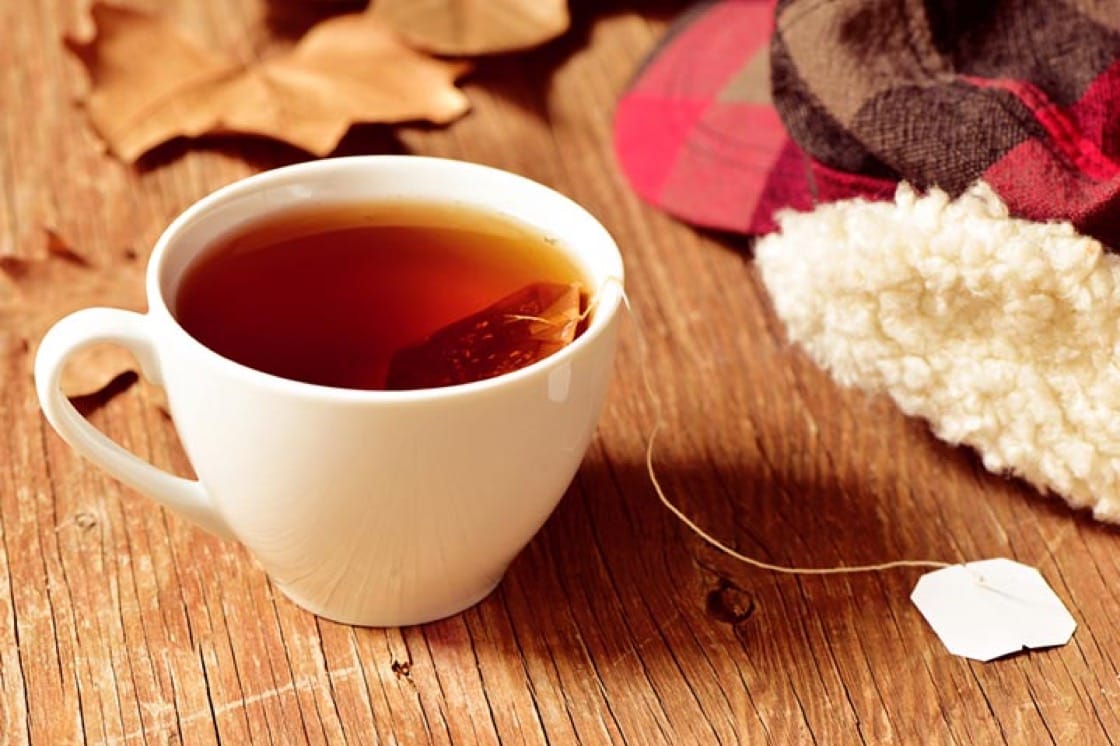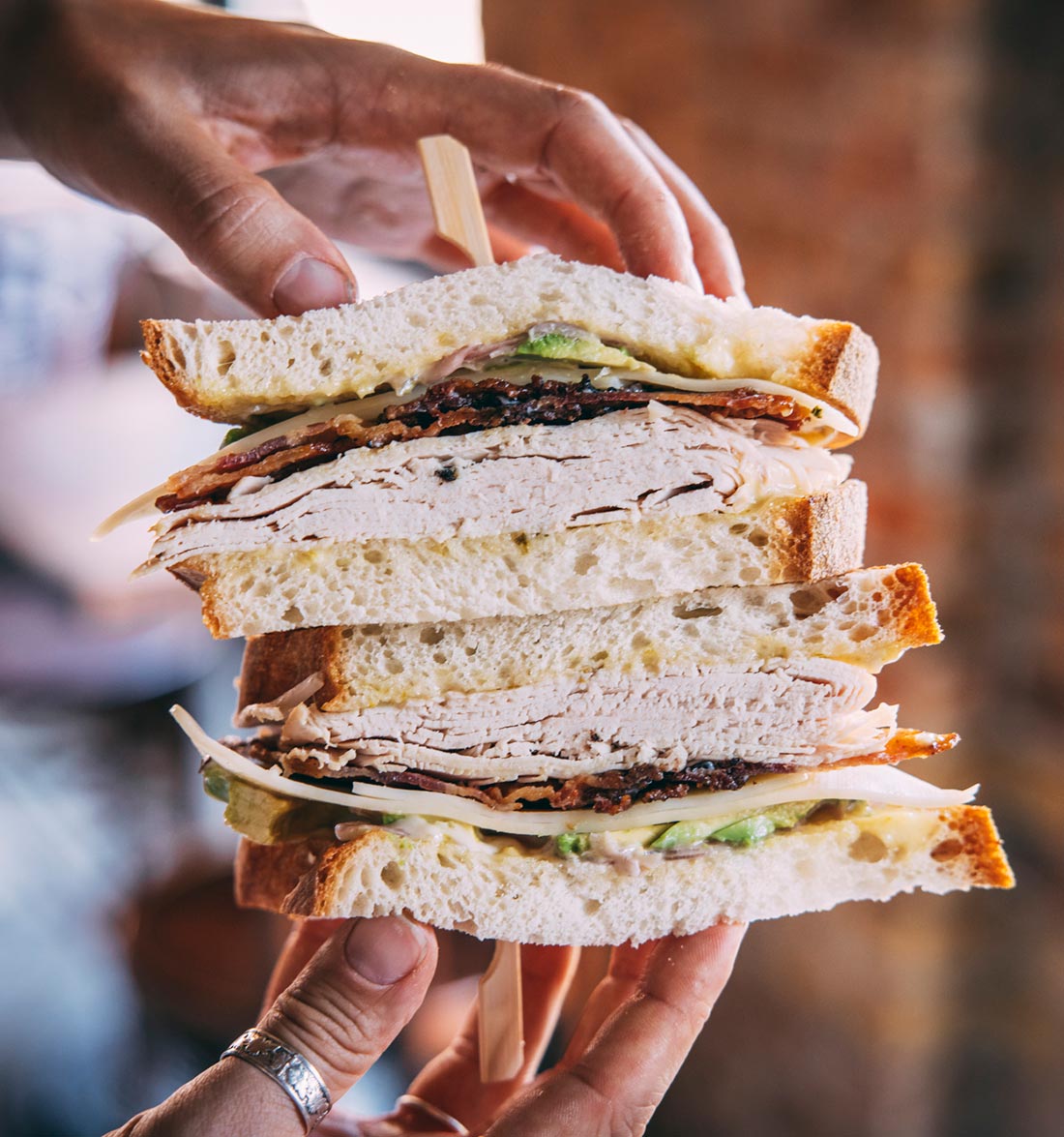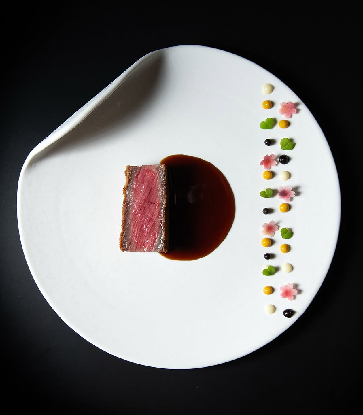

Usage
This Hokkien term is used to describe astringency in tannin-rich food and drinks.
Pastry chefs take center stage at this San Antonio spot.
The MICHELIN Guide Inspectors share their top picks between the bread.
Since Roman times, wine has been produced in the northeast of Slovenia: an activity that is still carried on today by the Dveri-Pax winery in Jarenina, in Podravje (the wine-growing region of Styria).
From January 21 through February 8, Vancouver is serving up flavor at unbeatable prices.
Get a front-row seat to the Formula One 2025 Singapore Grand Prix with these MICHELIN Hotels offering trackside views.
With the latest MICHELIN Guide Singapore unveiled, our inspectors reveal the dishes that made their year of dining unforgettable.
Explore the complete MICHELIN Guide Singapore 2025 selection, featuring every Starred restaurant, Bib Gourmand eatery, and Selected address. Newly awarded spots are italicised.
The MICHELIN Guide Singapore welcomes 36 new restaurants in 2025, including a new two-star and a fresh one-star, bringing the total to 288 MICHELIN-recognized establishments across more than 40 cuisines in the Lion City.
In a city that dazzles with options, Japanese chef Tetsuya Wakuda keeps returning to morning markets, tranquil spaces, and the comforting consistency of Toast Box.
What happens when a restaurant has attained three MICHELIN Stars? Described as the pinnacle of culinary achievement, the Everest of fine dining, many chefs will say that achieving the coveted accolade is just the beginning. In Singapore, where the food scene is both ruthless and exhilarating, the Lion City's top chefs reveal what comes after three MICHELIN Stars — and why staying on top is even harder than getting there.
Claypot cooking in Malaysia and Singapore is a soulful, slow-burn art, where earthy claypots cradle fragrant rice, tender meats, and rich broths, allowing flavours to meld into something deeply comforting. The gentle heat from the clay intensifies the ingredients, creating a meal that's both humble and extraordinary, steeped in tradition and warmth.
For authentic hawker food at a prime location in the heart of town, these two hawker centres can’t be beaten — and they’ve got the crowds of office workers and tourists alike to prove it.
Check out these six stalls at Amoy Street Food Centre that have gained the favour of our MICHELIN Guide inspectors.
Speed, sumptuous accommodations, and satisfying meals await at these MICHELIN restaurants and hotels with a sky-high view of the proceedings at the Formula One 2024 Singapore Grand Prix.
As enticing as Singapore's savoury offerings may be, the Lion City also has some of the best and unmissable dessert options for the sweet-lover. Here are some must-try desserts when one is visiting Singapore.
This National Day season, peel back the layers behind the popular sweet-and-savoury local breakfast of kaya toast, soft-boiled eggs, and kopi to uncover Singapore's heritage.
Heading to the Lion City soon? Keep this ultimate guide to Singaporean hawker food in your back pocket for a most unforgettable street food adventure.
















